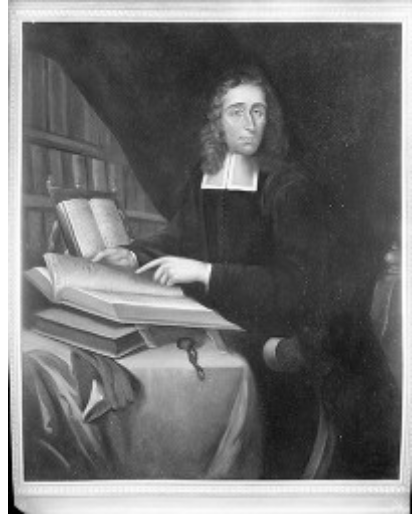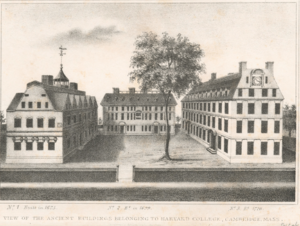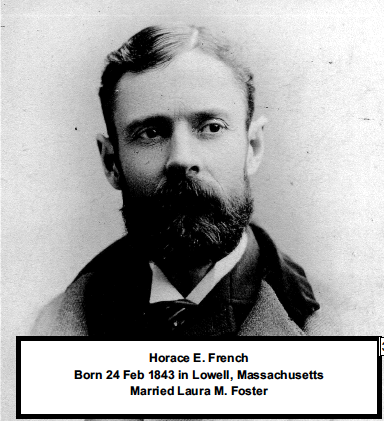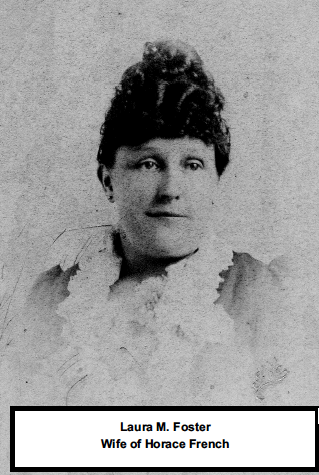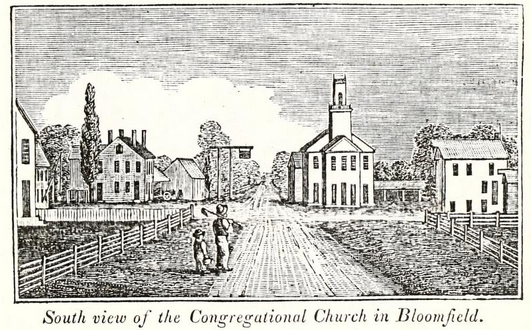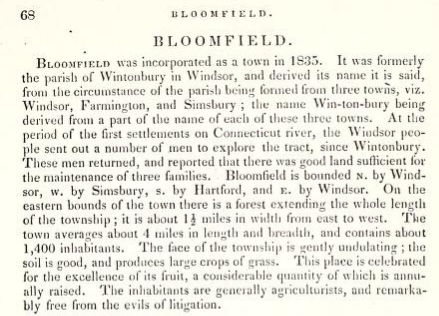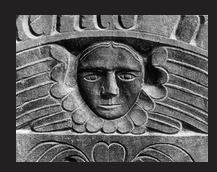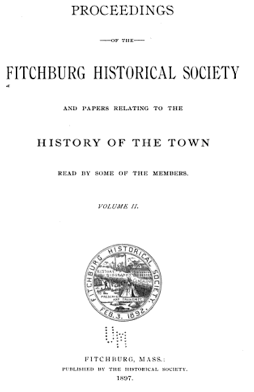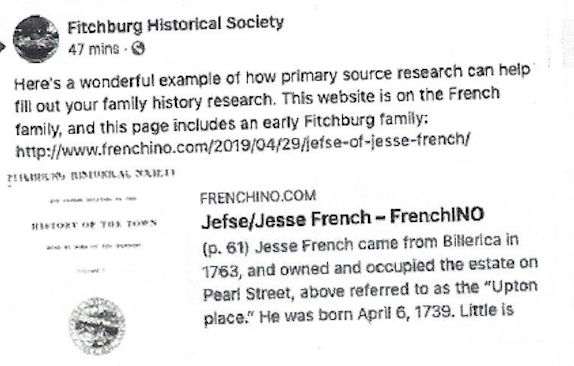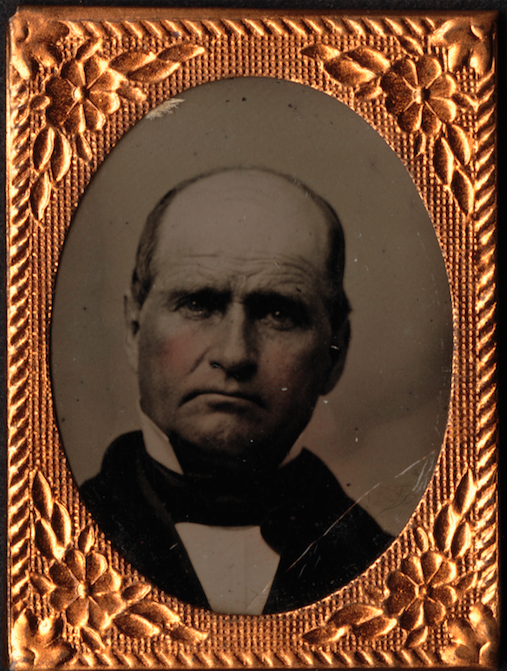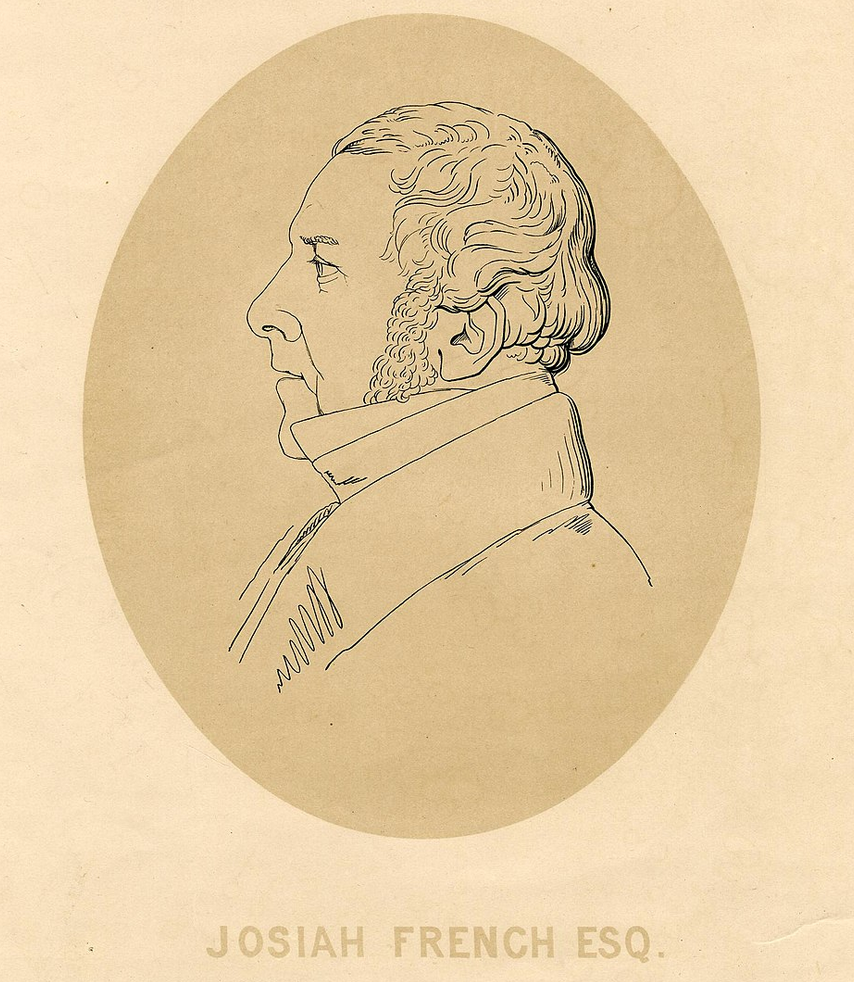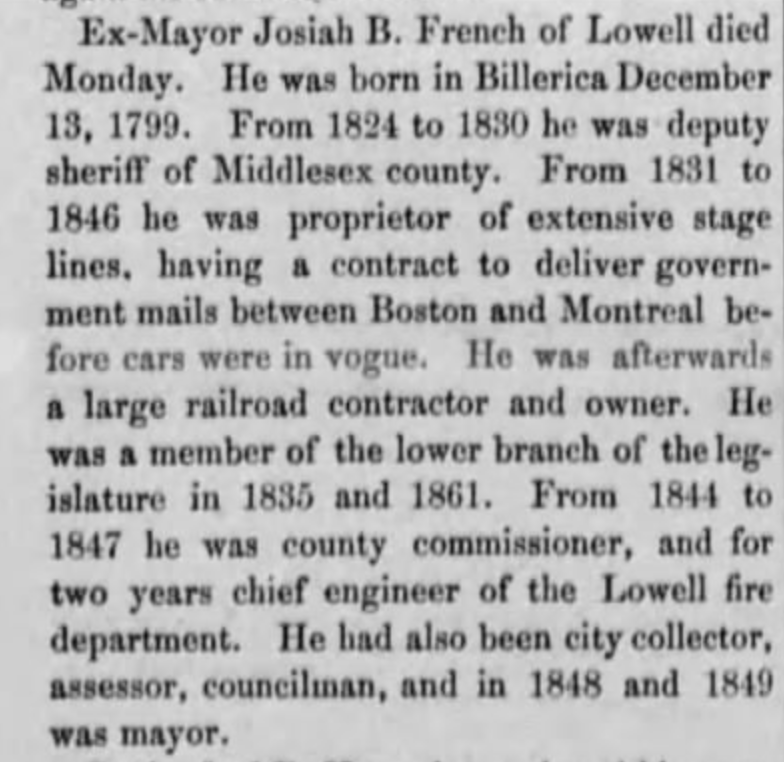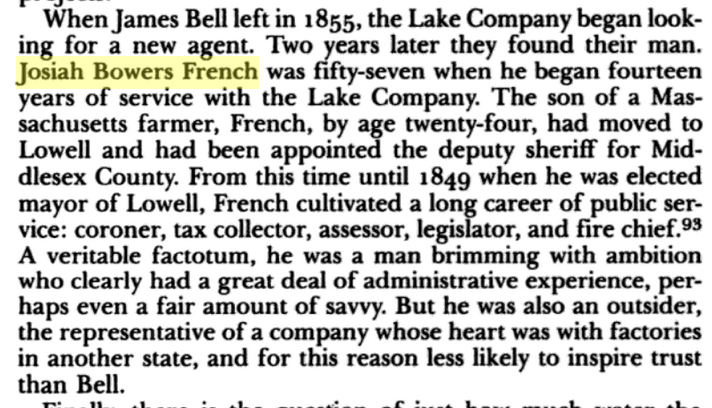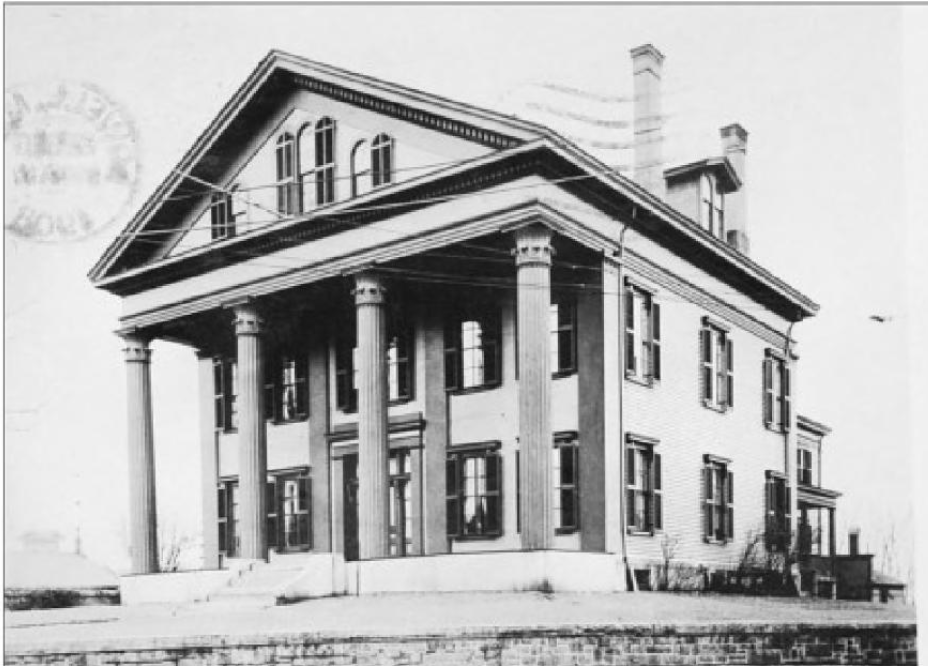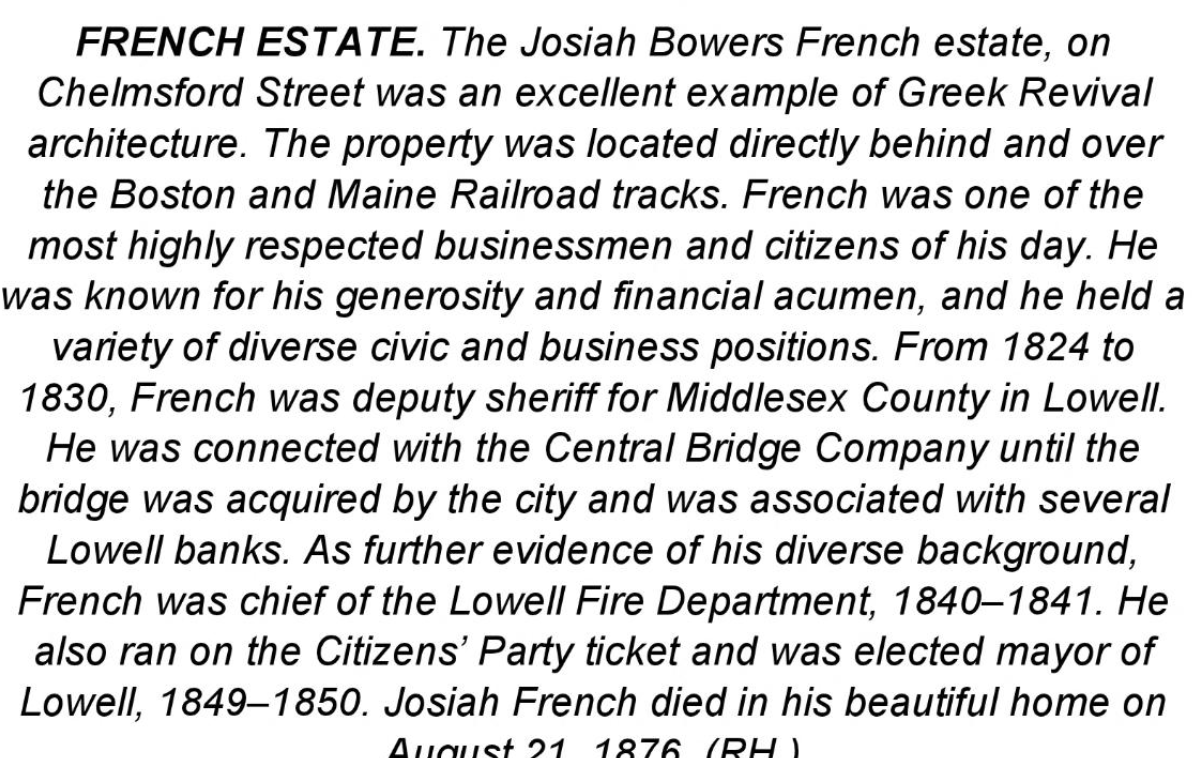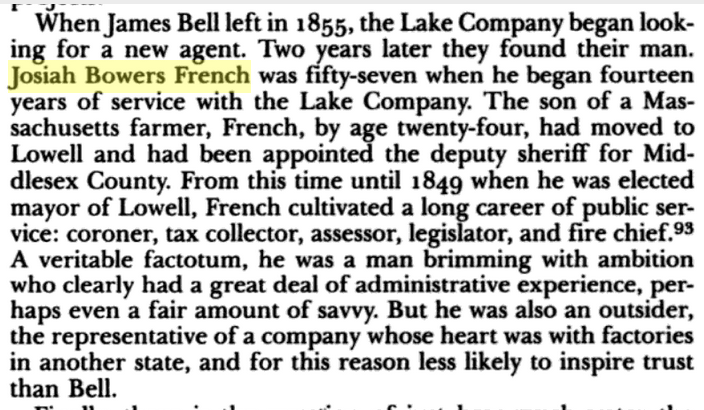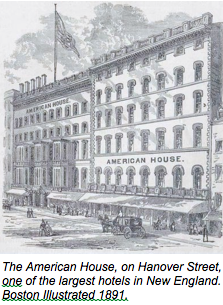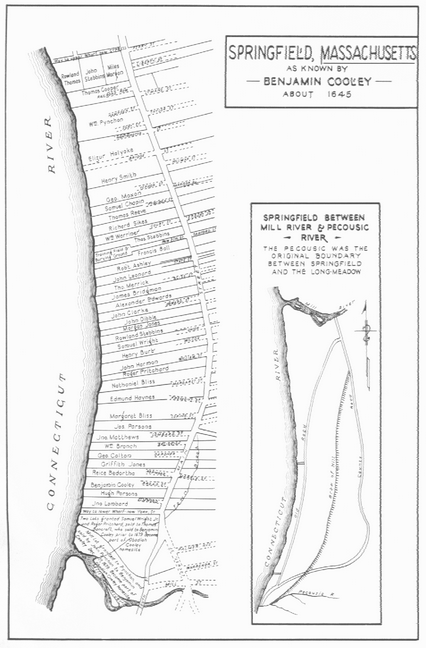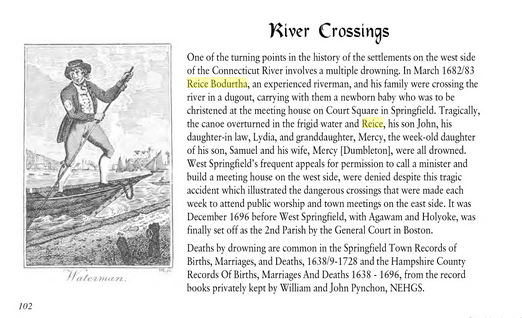Harvard Yard and Elder Richard Champney
Eight U.S. Presidents (Barack Obama. George W. Bush, John F. Kennedy, Franklin D. Roosevelt, Teddy Roosevelt, Rutherford B. Hayes, John Quincy Adams and John Adams) walked through this yard to attend classes at Harvard University. The oldest part, and center of the Harvard University campus, is Harvard Yard.
In 1669, my 9th great paternal grandfather, Richard Champney, referred to as Elder Richard Champney, bequeathed 40 acres of land in Cambridge, near the Falls of Charles River, “as an expression of his willingness to further the education of youth in all godly literature.” A History of Harvard University (1833)
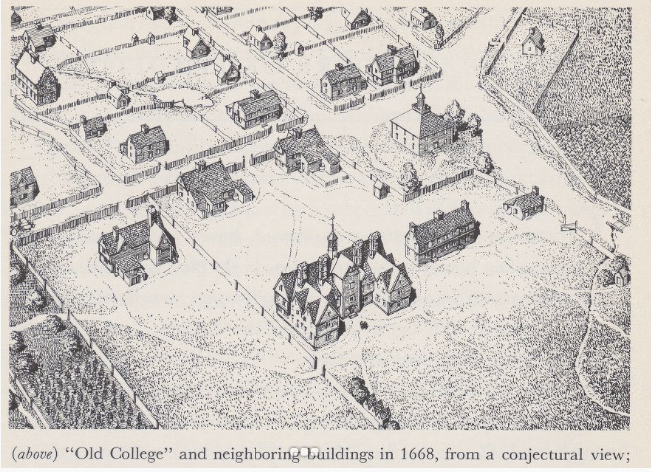
These lands were part of what was called “Cow-yard Row”, where the residents of the Newe Town (renamed Cambridge) kept their cattle at night. Cow-yard Row became known as College Yard and are located in the southern half of present-day Harvard Yard.
It is ascribed that Richard was descended from Sir Henry Champney, “one of the thirty brave warriors who fought at the battle of Hastings, October 14, 1066, under William the Conqueror.” Despite definitive statements that Richard has this important historical credence, there are no sources noted for this assertion. New England Families, Genealogical and Memorial (1913)
Coming as he did in the first decade of the settlement of Massachusetts Bay Colony there is no room to doubt that the first of the Champneys in New England was a sturdy strong willed man whose love of personal liberty far outweighed his regard for personal comforts and sent him across the ocean to worship God as he chose in spite of the hardships his act entailed.
Elder Richard Champney came from Lincolnshire England in 1634 or 1635 (research identifies that he arrived in 1635 on the Ship Defense), and settled in Cambridge, Massachusetts, and in 1636 was made a freeman. He was a man of “good understanding and great piety,” and was made a ruling elder in the church, which was organized there. Genealogical and Family History of the State of New Hampshire (1906)
This post is best described as a bit-and-pieces story. It was pieced together from the history of Harvard University, New England family histories and Cambridge church histories. Therefore, I apologize, in advance, for any inaccuracies and welcome corrections.
Comments, corrections and and suggestions appreciated.
Copyright © 2019. All Rights Reserved by David R. French.
